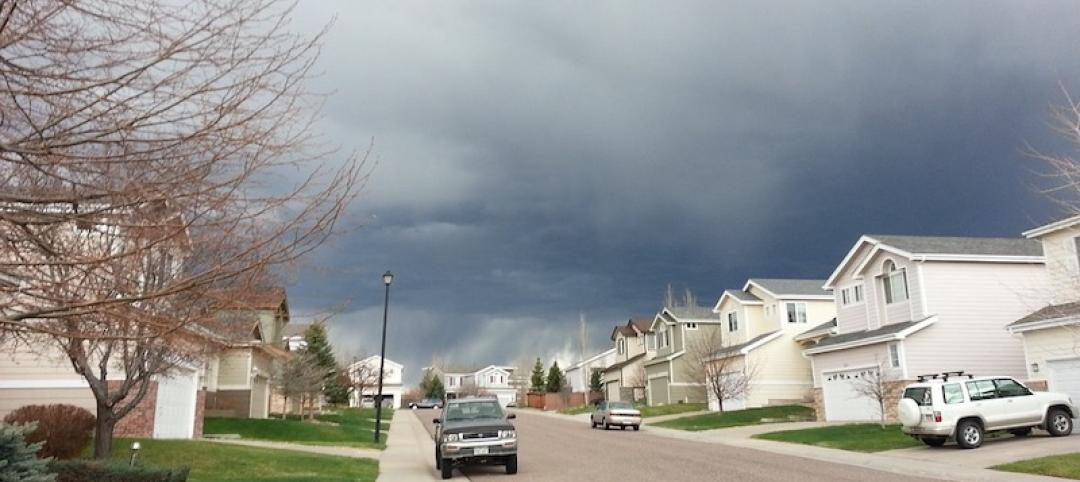In Compliance column in the May/June issue of NFPA Journal, Ron Coté, Principal Life Safety Engineer at the National Fire Protection Agency, debunks two myths regarding NFPA 101, Life Safety Code.
The first myth is that all assembly occupancy rooms with an occupancy load more than 50 must have a second egress door. This is not true, although many do have second exit access doors “in order not to violate the common path of travel limitation,” Coté writes.
For most room locations and arrangements, a second exit access door from the room can be positioned to provide occupants with a second travel path. The presence of the second exit access door can reduce what would otherwise be an excessive common path of travel to one that is within the permitted distance.
Coté also debunks the myth that exit signs are required at exits only. The signs are actually required in three locations: at exits, in the exit access, and in exit access corridors of new construction. They are required in the exit access when the exit or way to reach the exit is not readily apparent, as might be the case where additional turns in the egress path are needed to reach an exit.
They may also be needed when in exit access corridors of new construction no point is in excess of the particular sign’s rated viewing distance or the 100-foot (30-meter) default value, whichever is less, from the nearest sign.
Related Stories
Codes and Standards | Aug 13, 2019
Coaching pays off for new managers
Study finds increased engagement and readiness for new roles.
Codes and Standards | Aug 12, 2019
New curtain wall design guidelines released
AAMA document includes mandatory language, optional language, and detailed technical commentary.
Codes and Standards | Aug 9, 2019
Cities modify density zoning to spur more affordable housing projects
Solutions include eliminating single-family zoning and allowing taller apartments in higher-density zones.
Codes and Standards | Aug 8, 2019
More designers focusing on acoustic properties of buildings
Recognition that structures should be acoustically satisfying.
Codes and Standards | Aug 7, 2019
Illinois law makes all single-occupancy restrooms gender-neutral
All must comply by January 1.
Codes and Standards | Aug 6, 2019
New technology, aligning training with local trends among keys to workforce development
Construction industry must also invest in training, recruiting high school students.
Codes and Standards | Aug 1, 2019
Planners, city official rethink parking requirements on new projects
Reducing number of parking spots frees up land for ‘more purposeful’ uses.
Codes and Standards | Jul 31, 2019
USGBC-LA chooses first ‘Net Zero Accelerator’ technologies
Wide range of solutions address numerous environmental challenges.
Codes and Standards | Jul 30, 2019
Solar brokerage will provide financing for small/medium businesses
First to fund solar for smaller-scale commercial operations.
Codes and Standards | Jul 29, 2019
ASCE group unveils structural safety database
Confidential reporting on structural failures, near misses, and other incidents.

















